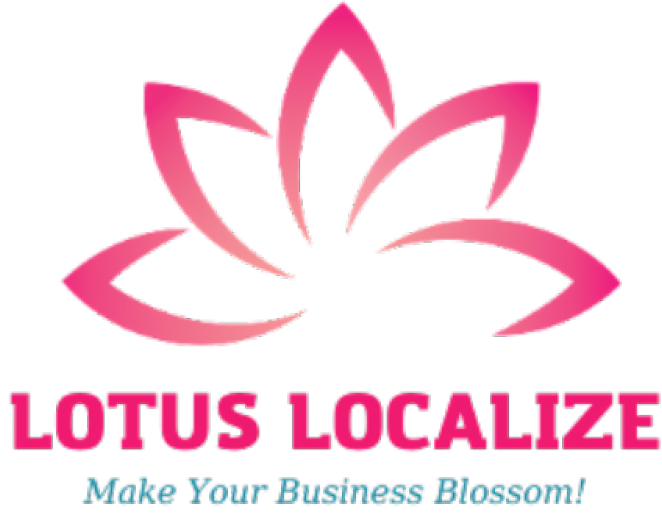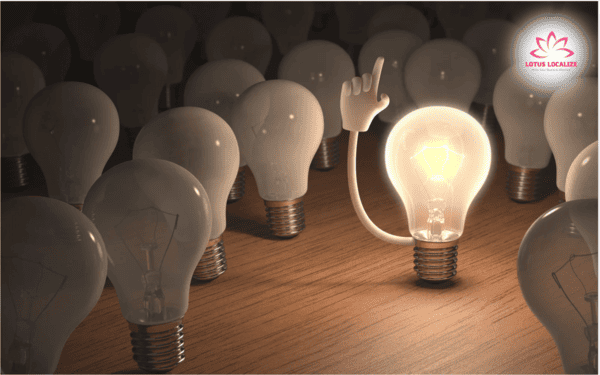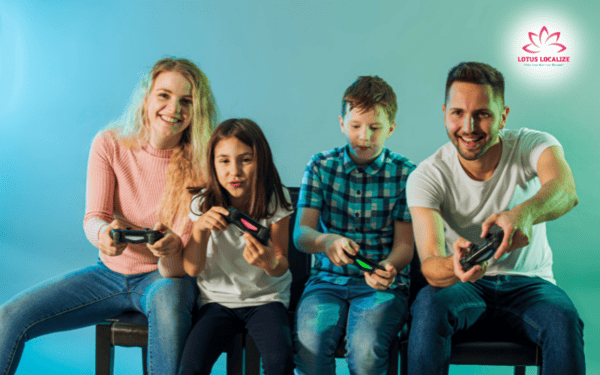
The key to success in aerospace: Why aviation translation matters?
In a fast-evolving, highly regulated industry like aerospace, seamless communication is critical. Aviation translation is more than just a technical necessity—it’s the foundation of safe operations, international collaboration, and business success. With the aviation industry becoming increasingly global, the need for precise, accurate, and culturally appropriate translation has never been greater. From operational manuals to legal agreements, the role of specialized aviation translators is vital. This article dives into the core aspects of aviation translation, the challenges it faces, and how high-quality translation ensures smooth and safe operations across borders.
What is aviation translation, and why does it matter?
Aviation translation is the process of translating specialized content related to the aerospace and aviation industries. It requires translators not only to be fluent in target languages but also to have a comprehensive understanding of aviation-specific terminology and standards. The complexity of these texts means that translators must pay close attention to detail—small translation errors can cause serious operational issues or safety risks.

Aviation translation applies to a wide range of documents, including:
- Operational manuals: Guidelines for pilots, engineers, and crew to operate aircraft safely.
- Maintenance reports: Detailed logs on inspections, repairs, and upkeep of aircraft.
- Training programs: Educational content for pilot training and air traffic control personnel.
- Safety and emergency protocols: Critical instructions for handling in-flight emergencies and safety procedures.
- International regulations and agreements: Documentation for cross-border cooperation and regulatory compliance.
- Legal contracts: Business agreements between airlines, manufacturers, and suppliers.
Each document must meet the highest standards of precision to avoid miscommunication that could disrupt operations or lead to accidents.
Read more: Why automotive translation fuels global growth?
Precision matters: The importance of accurate aviation translation
Aviation translation isn’t just about converting text—it’s about maintaining accuracy, clarity, and consistency across different languages and cultural contexts. In a sector where regulations are strict and operational efficiency is paramount, there is no room for ambiguity. Here are key reasons why accurate aviation translation is essential:
- Adhering to global standards: The aviation sector operates under rigorous international standards established by organizations like the International Civil Aviation Organization (ICAO). Precise translation of these regulations ensures that airlines, manufacturers, and service providers maintain compliance, avoiding costly penalties and operational disruptions.
- Facilitating cross-border collaboration: The aviation industry is inherently global, with numerous stakeholders working across borders. Accurate translation fosters seamless communication between aviation authorities worldwide, enabling effective partnerships and collaborative efforts that enhance overall safety and efficiency.
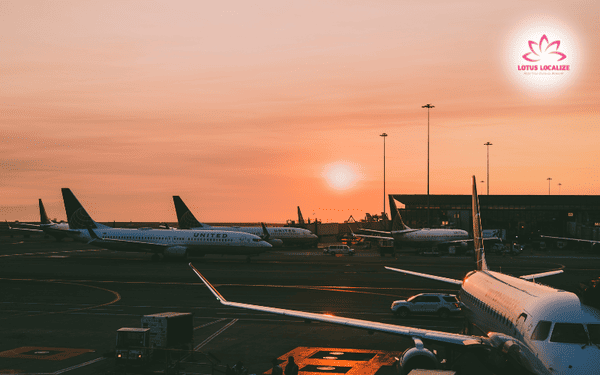
- Enhancing operational efficiency: Clear and precise translation is vital in manuals and operational protocols. By eliminating misunderstandings and misinterpretations, aviation professionals can perform their duties more effectively, ensuring smooth and uninterrupted operations—crucial for maintaining schedules and maximizing productivity.
- Mitigating risks: In aviation, safety is non-negotiable. Accurate reporting and documentation significantly reduce the risk of accidents and legal complications, safeguarding passengers and stakeholders alike. By ensuring that all communication—whether in manuals, training materials, or incident reports—is clear and accurate, the industry can proactively address potential issues before they escalate.
In summary, the importance of accurate aviation translation cannot be overstated. It not only supports compliance and collaboration but also plays a critical role in enhancing operational efficiency and safety. By prioritizing precise translation, the aviation industry can navigate the complexities of a globalized world with confidence.
Challenges translators face in the aviation industry
Aviation translation is one of the most demanding fields within the translation industry. The unique nature of aerospace content requires not only linguistic skills but also technical expertise. Here are some common challenges translators face in the aviation industry and effective solutions to address them:
Highly specialized terminology
Challenge: Aviation documents are filled with complex technical jargon and industry-specific language. Translators must ensure that these terms are accurately translated without losing their intended meaning.
Solution:
- Comprehensive glossaries: Create and maintain a detailed glossary of aviation terminology, which includes definitions and context for each term. This resource should be regularly updated to reflect industry changes and innovations.
- Collaboration with experts: Engage with aviation professionals, such as engineers and pilots, during the translation process. Their insights can clarify terminology and ensure accuracy.
Abbreviations and acronyms
Challenge: The aviation industry is rife with abbreviations and acronyms, which can lead to confusion if misinterpreted. For instance, ATC (Air Traffic Control) or A320 (a type of aircraft) must be translated correctly to maintain clarity.
Solution:
- Standardized acronym List: Develop a standardized list of commonly used acronyms and abbreviations in the aviation field. This should accompany translation to provide context and facilitate understanding.
- Contextual training: Offer training sessions for translators that focus on the most frequently used terms, acronyms, and abbreviations in aviation documentation.

Multilingual legal requirements
Challenge: Aviation organizations must comply with regulations from multiple countries, necessitating accurate translations in several languages.
Solution:
- Expert legal consultation: Work with legal experts who specialize in aviation law to ensure that translations meet all regulatory requirements in each relevant jurisdiction.
- Localized translation teams: Employ native speakers with knowledge of local aviation laws and regulations to provide context-sensitive translations that adhere to legal standards.
Zero margin for error
Challenge: In aviation, even the smallest mistranslation can lead to significant safety risks, making accuracy paramount.
Solution:
- Rigorous quality assurance: Implement a multi-layered quality assurance process, including peer reviews and back-translation, to catch any discrepancies before finalizing the document.
- Continuous training: Regularly train translators on the latest aviation standards and safety protocols to keep them informed and skilled.
Time sensitivity
Challenge: Translators often work under tight deadlines, especially for regulatory documents and flight manuals. Balancing speed and quality can be difficult.
Solution:
- Efficient workflow management: Utilize advanced translation management software to streamline processes, manage deadlines, and assign tasks effectively among team members.
- Resource allocation: Ensure that there are sufficient resources available during peak periods, such as additional translators or proofreaders, to maintain quality without sacrificing speed.
Read more: Unveiling the critical role of medical interpreters in healthcare
How quality translation impacts safety in aviation?
In aviation, safety is non-negotiable. Every process, from takeoff to landing, relies on clear and accurate communication. Quality translation plays a direct role in ensuring that all stakeholders—from pilots and air traffic controllers to maintenance crews—are on the same page.
Some key safety-related areas that benefit from accurate translation include:
- Operational manuals and procedures: These documents guide flight crews and engineers in performing tasks safely. An error in translation could result in improper aircraft handling.
- Training materials: Precise translation ensures that pilots and air traffic personnel receive standardized and effective training, no matter where they are located.

- Incident reports and safety protocols: Accurate translation allows aviation authorities to analyze past incidents and prevent future accidents, promoting a safer flying environment.
- Legal compliance and regulations: Adherence to global aviation laws ensures smooth operations and minimizes legal risks, which could impact both safety and business.
Without accurate translation, aviation operations could face disruptions, delays, or worse—compromise passenger safety. That’s why the aviation industry invests heavily in reliable translation services to keep operations running smoothly.
Lotus Localize: Your trusted partner in aviation translation
At Lotus Localize, we understand that aviation translation is more than just converting words—it’s about enabling safe and efficient operations across borders. Our aviation translation services are tailored to meet the industry’s highest standards, ensuring precision, consistency, and compliance.
Why choose Lotus Localize for aviation translation?
- Expert translators: Our team includes experienced linguists with deep knowledge of aerospace terminology and ICAO standards.
- Advanced technology: We use cutting-edge translation tools to enhance efficiency and maintain consistency across all documents.
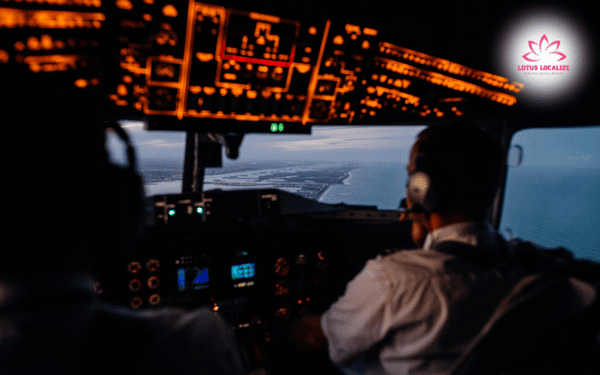
- Rigorous quality control: Every translation goes through multiple rounds of review to ensure accuracy and completeness.
- Global coverage: We offer multilingual services, ensuring smooth communication between international aviation stakeholders.
- Confidentiality and data security: Your sensitive aviation data is protected with the highest security standards.
Whether you need translations for maintenance manuals, safety protocols, or international agreements, Lotus Localize provides solutions you can rely on. With us, your aviation documents are in expert hands.
In a global industry like aviation, the importance of accurate and reliable translation cannot be overstated. From ensuring passenger safety to fostering international collaboration, aviation translation plays a vital role in every aspect of the industry. With the ever-increasing complexity of aerospace operations and regulations, the demand for high-quality translation services will only grow.
At Lotus Localize, we are committed to helping your business soar. Our expertise in aviation translation ensures that your documents are not only accurate but also delivered on time, meeting the highest industry standards. In an industry where safety and efficiency are paramount, partnering with a trusted translation provider like Lotus Localize is your key to success.
Ready to elevate your aviation operations? Contact us today to learn how our aviation translation services can support your business.
If you have any questions or need assistance with translation services for many industries: medical translation, marketing translation, manufacturing translation, government translation,… and interpretation services please contact Lotus Localize immediately at 0866 224 968 or visit the website: lotus-localize.com for advice on the best solutions!
QUALITY PROMISE
Lotus Localize offers consistent, high-quality service delivery in all customer engagements. Our in-house translators and staff adhere to well-established business processes, allowing us to communicate properly, deliver on time, and surpass client expectations.
